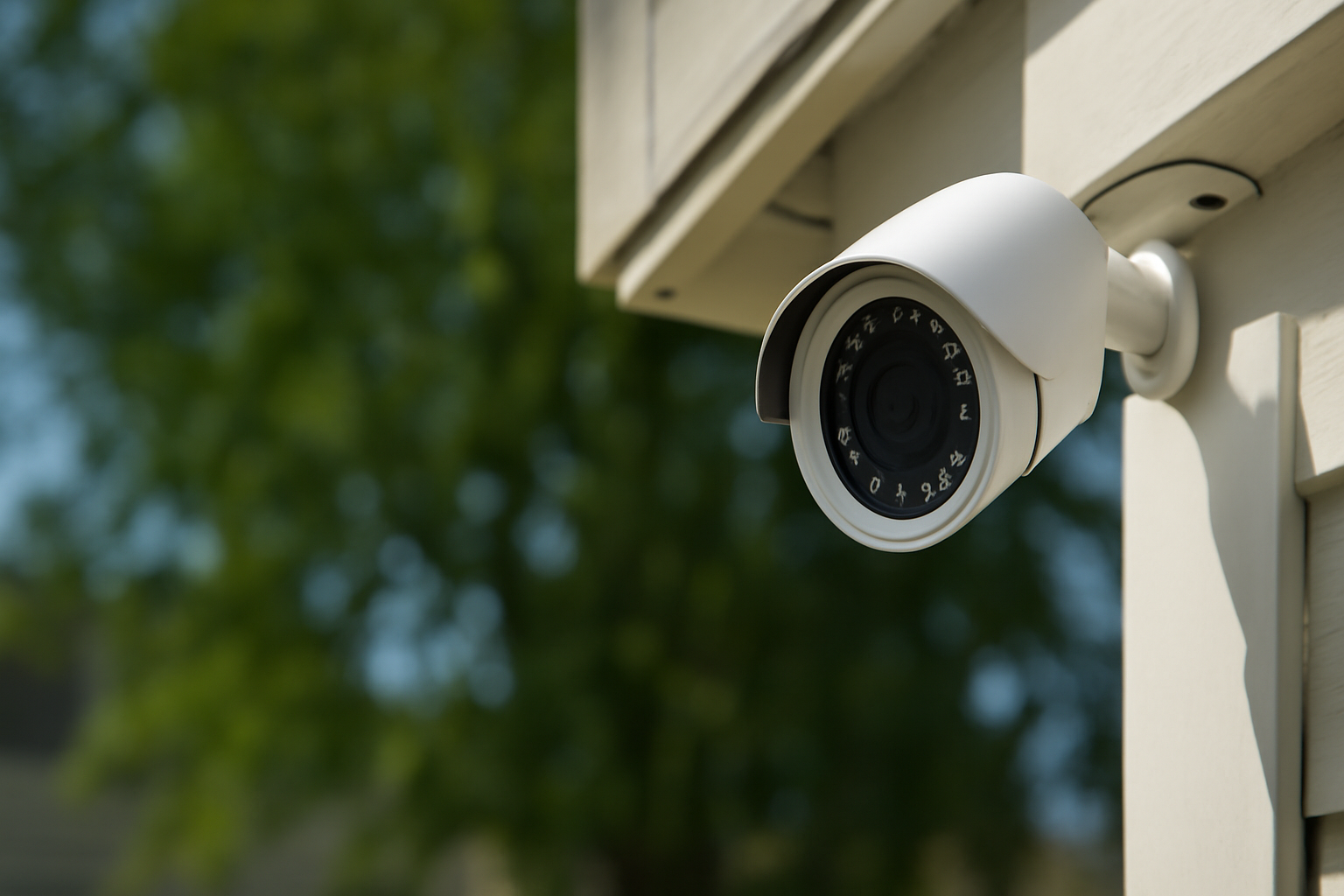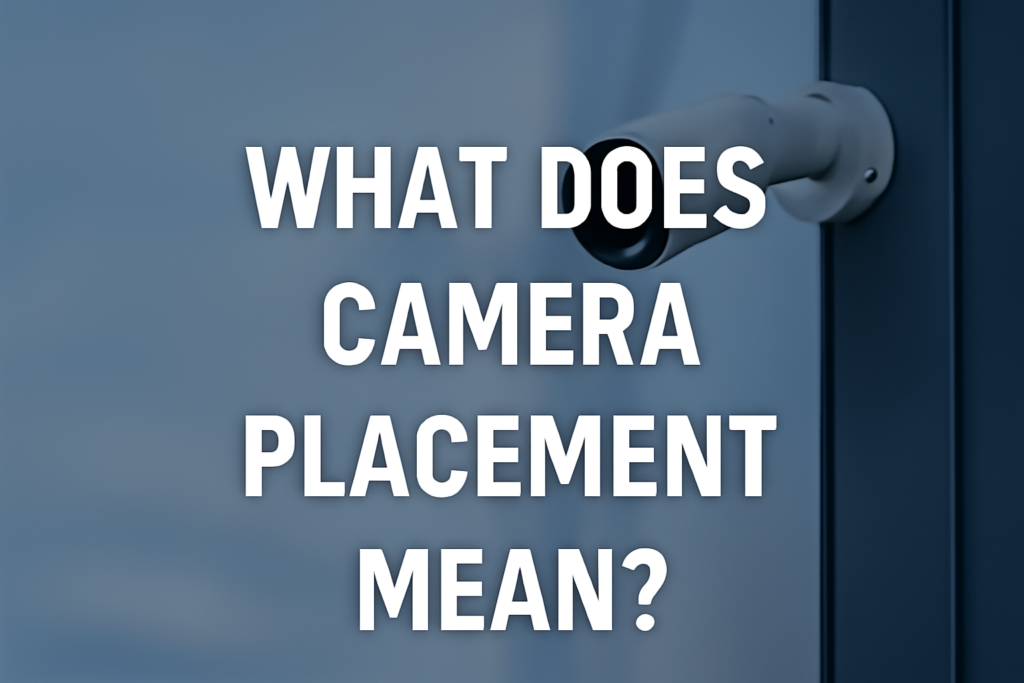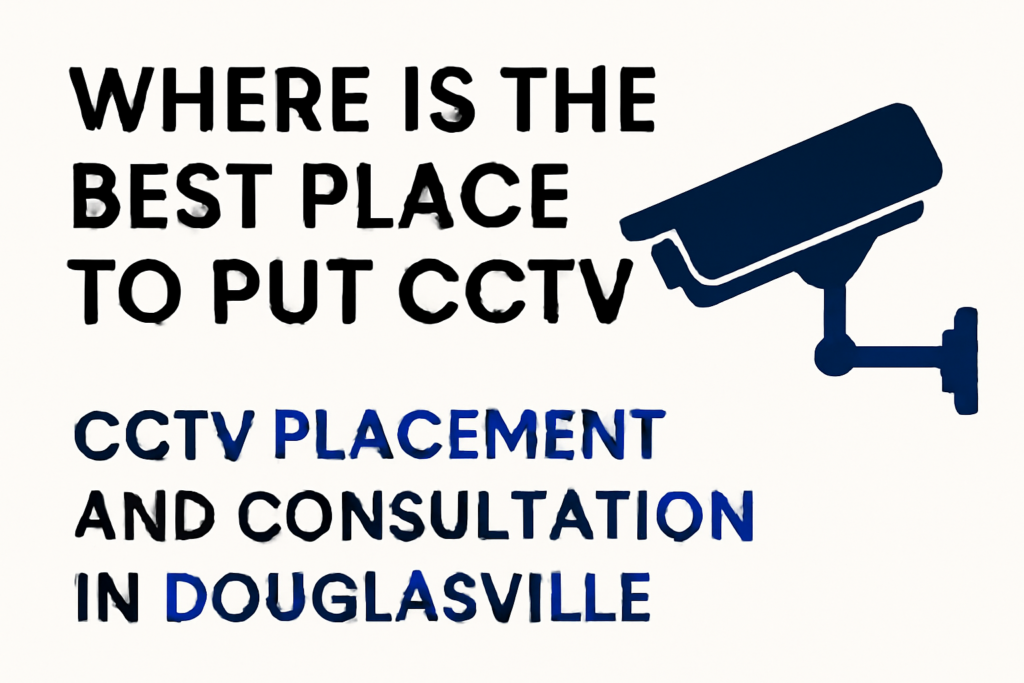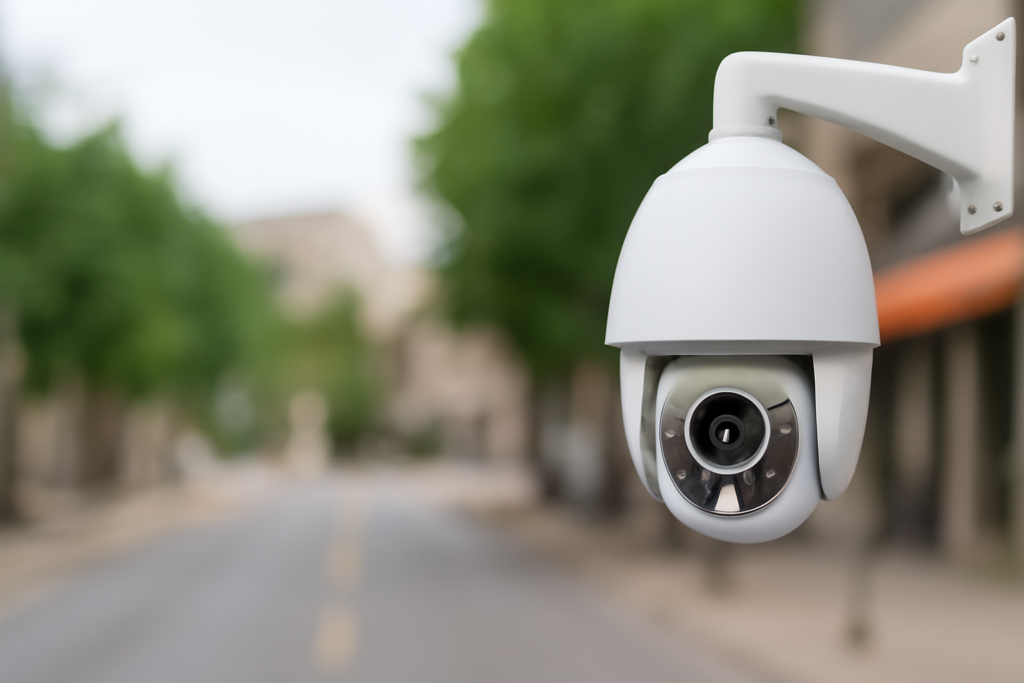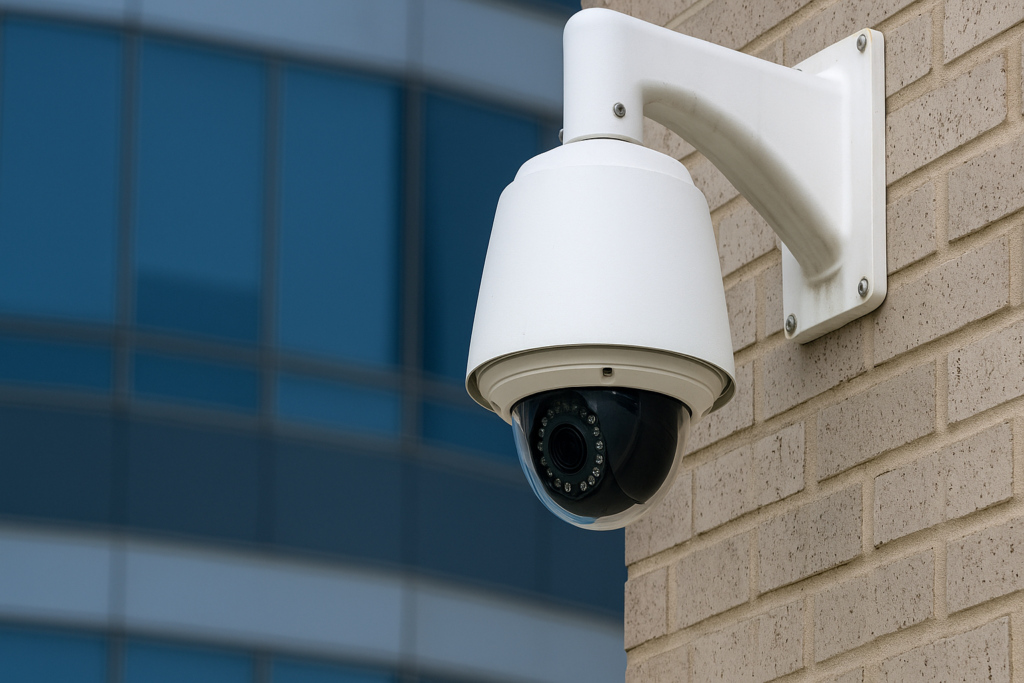Introduction
When it comes to securing your property, the best security camera installation can make all the difference. Outdoor security cameras are a valuable tool in preventing theft, monitoring activity, and ensuring the safety of your family and property. One of the most critical aspects of your security system is camera placement. Whether you’re looking to monitor your front yard, driveway, or backyard, choosing the right positions for your cameras can significantly enhance your protection. This article will discuss the best ways to position outdoor security cameras, including the considerations you need to keep in mind for optimal coverage.
1. Understanding the Importance of Proper Camera Placement
Outdoor security cameras are designed to help you monitor your property 24/7. However, if placed incorrectly, they can be ineffective. The goal of camera placement is to cover all entry points, eliminate blind spots, and ensure that the camera provides clear footage.
Why Positioning is Critical:
- Prevention of Criminal Activity: Cameras visible in high-risk areas can deter criminals.
- Coverage: Proper placement ensures that all vulnerable areas are under surveillance.
- Image Clarity: Correct positioning can ensure cameras capture high-quality footage, which is essential for identifying perpetrators in case of an incident.
By contacting Best Security Camera Installation Experts in Douglasville, you can ensure your system is professionally set up with optimal positioning.
2. Best Locations for Outdoor Security Cameras
The key to effective security camera placement is focusing on the areas that are most vulnerable. Here’s a breakdown of the best locations to install your cameras:
A. Main Entrance/Front Door
The main entrance is the most obvious and crucial area to monitor. It’s where people enter and leave the property, and it’s often the first point of contact for any delivery or visitors.
B. Driveway
The driveway is another high-risk area. A camera here can capture footage of vehicles arriving and leaving your property, including any suspicious activity. It’s important to ensure the camera angle covers the entire driveway without obstruction.
C. Backyard and Side Gates
If your property has a side or backyard gate, these should also be monitored. This is an entry point that’s often overlooked by homeowners but is commonly used by intruders.
D. Garage
The garage is typically full of valuable tools, vehicles, and equipment. Installing a camera here can help monitor any unusual activity around this area, particularly at night when it’s harder to spot.
E. Windows Facing Potential Access Points
Cameras should also monitor windows that face areas such as driveways, gardens, or backyard areas. These windows can be easy entry points for burglars, so keeping an eye on them is essential.
3. Factors to Consider When Positioning Your Outdoor Cameras
While it’s important to focus on strategic locations, several factors should influence your camera placement.
A. Height and Angle
Position cameras at least 8-10 feet above the ground. This helps avoid tampering and provides a better field of view. Cameras angled slightly downward are often the most effective for monitoring doorways and entryways.
B. Lighting Conditions
Ensure your cameras are placed in areas with adequate lighting. Cameras that are too dark may produce unclear or grainy footage. Conversely, placing them in direct sunlight can cause glare, which could obstruct the view. Utilize infrared or night vision cameras in areas that are dark at night.
C. Weather Protection
Since the cameras are positioned outdoors, they must be weatherproof. Ensure that your cameras are installed under eaves or in areas that offer some protection from rain or snow. This ensures long-lasting durability.
D. Wi-Fi and Power Supply
Outdoor cameras, especially wireless models, need a good Wi-Fi signal. Position your camera in an area with reliable connectivity to avoid intermittent footage. Additionally, ensure there is a power source for wired cameras.
4. Professional Installation for Optimal Camera Positioning
While DIY security systems can be an affordable option, the placement of security cameras is an intricate task that often requires expert advice. A professional from Best Security Camera Installation Experts in Douglasville will be able to assess your property and recommend the most effective camera placement.
5. How to Avoid Common Camera Placement Mistakes
Some common mistakes homeowners make include:
- Overlooking High-Traffic Areas: Missing out on key access points like side doors, backyards, and alleys.
- Placing Cameras Too High or Too Low: Either can result in limited coverage or poor image quality.
- Not Accounting for Environmental Factors: Including seasonal changes and landscape changes, which could obstruct cameras.
6. Top Benefits of Outdoor Security Cameras
Installing security cameras in the right positions provides numerous benefits:
- Enhanced Security: The presence of cameras acts as a deterrent.
- Remote Monitoring: With modern systems, you can monitor your property from anywhere in the world.
- Insurance Benefits: Having video footage can help with insurance claims and prove the existence of incidents.
- Peace of Mind: Knowing that your home is under constant surveillance helps alleviate anxiety, especially when away.
7. Conclusion
Proper positioning of outdoor security cameras is essential to maximize the effectiveness of your home security system. By following the tips outlined in this article and consulting with the Best Security Camera Installation Experts in Douglasville, you can create a robust security network that helps protect your home and loved ones. Ensure that your cameras cover all high-risk areas and are positioned to avoid obstructions and poor lighting conditions.
FAQs
- What is the best height to install outdoor security cameras?
- The ideal height for security cameras is about 8-10 feet to avoid tampering while maintaining a clear line of sight.
- How many outdoor cameras should I install around my house?
- At least four cameras should be placed to monitor key areas: the front door, driveway, backyard, and side gates.
- Can outdoor security cameras work at night?
- Yes, most modern outdoor security cameras come with infrared or night vision capabilities to provide clear footage even in low-light conditions.
- Should I install cameras near windows?
- It is advisable to install cameras near windows that face access points like driveways and gardens to prevent break-ins.
- How do I protect my security cameras from the weather?
- Ensure cameras are weatherproof and place them under eaves or other sheltered areas to avoid direct exposure to rain or snow.
- Do I need a wired or wireless camera for outdoor installation?
- It depends on your property’s layout and Wi-Fi connectivity. Wireless cameras are more flexible, while wired cameras offer more reliable power sources.
- Can I monitor my outdoor security cameras remotely?
- Yes, most modern security systems allow you to monitor cameras remotely through smartphone apps or web browsers.
- Are outdoor security cameras easy to install?
- While DIY systems are available, professional installation is recommended to ensure optimal camera placement and reliable performance.
- What is the best camera for a driveway?
- Cameras with wide-angle lenses and infrared night vision are ideal for monitoring driveways.
- Do outdoor cameras reduce the risk of crime?
- Yes, the visible presence of security cameras is a powerful deterrent to potential criminals.


